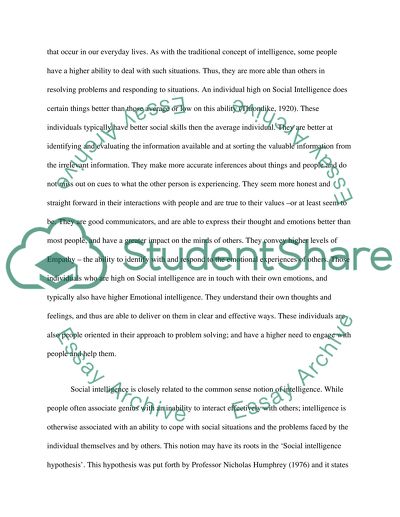Cite this document
(“What is Social Intelligence, and How Can You Successfully and Quickly Research Paper”, n.d.)
Retrieved from https://studentshare.org/psychology/1433393-what-is-social-intelligence-and-how-can-you
Retrieved from https://studentshare.org/psychology/1433393-what-is-social-intelligence-and-how-can-you
(What Is Social Intelligence, and How Can You Successfully and Quickly Research Paper)
https://studentshare.org/psychology/1433393-what-is-social-intelligence-and-how-can-you.
https://studentshare.org/psychology/1433393-what-is-social-intelligence-and-how-can-you.
“What Is Social Intelligence, and How Can You Successfully and Quickly Research Paper”, n.d. https://studentshare.org/psychology/1433393-what-is-social-intelligence-and-how-can-you.


